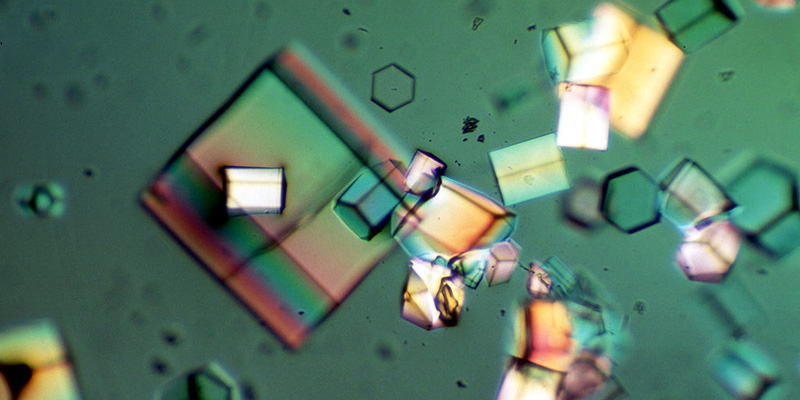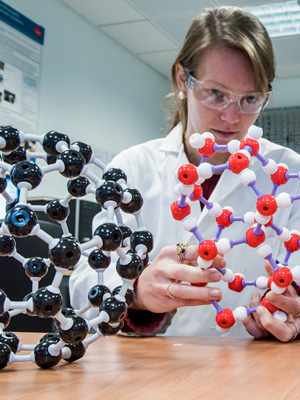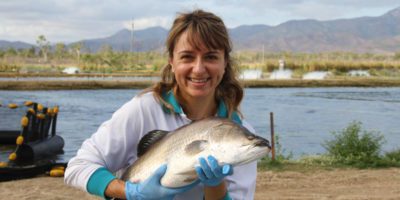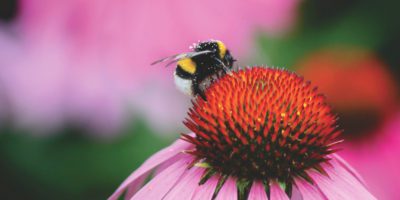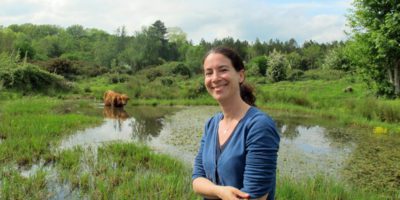Lucy Mapp is a Ph.D. chemistry student at the University of Southampton. Her research focuses on co-crystals of pharmaceutical molecules to modify the properties to make better drug products. Lucy is taking part in Soapbox Science alongside Tess Piece, a visual artist.
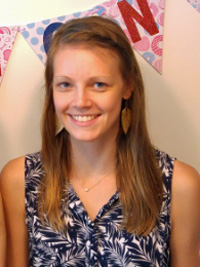
Lucy is speaking at the Oxford Art and Science event, which takes place on Saturday 1st July 2017 (time TBC). The title of her talk is: “Co-crystals as new and improved drug products: modifying properties for better medicines”
Biology, physics and finally, chemistry: Keeping science in the family
I’ve always been interested in science and curious about just about anything and everything. Most of my family have a background in science / science-related areas, so it’s something I’ve been around all my life. I used to love going to the Science Museum in London (and I still do) as a day out in the school holidays and doing science experiment kits at home to keep me occupied.
At school, I knew I wanted to do science in the future but it was only in my final year(s) that I opted for chemistry. At a parents’ evening it was once joked that I should do chemistry as my mum is biology-based in her work, and my dad a physicist; having a chemist would complete the set. What was just a passing comment at the time did turn out to be reality.
The chemistry department at my secondary school and sixth form were fantastic – always happy to help and answer questions at lunchtimes, and it was taught in a way that I really engaged with. In the later years, getting some answers or reasons behind everyday occurrences spurred me to want to find out even more.
The chemistry of chocolate

Keeping my mind busy with X-ray crystallography
I did an undergraduate master’s degree at the University of Southampton with an integrated year in industry in my third year. This was where I discovered X-ray crystallography for the first time, and my interest in crystals developed. Solving crystal structures from the diffraction data is like solving a puzzle (something else I like to do to keep my mind busy).
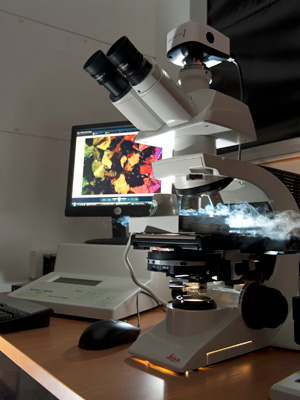
I love the sense of satisfaction when you successfully solve and refine a crystal structure and can prove what the molecule is – how the atoms are bonded together and the geometry and distances of the bonds. And when it’s something you’ve (painstakingly) made, the sense of achievement and satisfaction is even greater.
Tell me more, tell me more
During my Ph.D. I have probed even deeper into the molecules to look at the distribution of electrons within them using X-ray diffraction and charge density studies. This introduces another level to the analysis of crystals and crystal structures, and can provide an almost overwhelming amount of information.
By comparing the differences in the charge distribution around the molecule when you add a second compound, and then systematically change it for structurally related molecules can help to understand the different physical properties presented. I find it fascinating that so much information, and detail, can come from firing X-rays at a tiny crystal that only needs to be just tens of microns (10 -6m) is size, and requires a microscope to see it in the first place.
From Southampton to Singapore
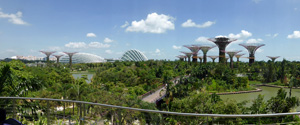
My Ph.D. is jointly funded by the University of Southampton and A*STAR (Agency for Science, Technology and Research) under the ARAP (A*STAR Research Attachment Programme) scheme, Singapore. On this scheme, I spent 14 months working in Singapore, at the A*STAR Institute of Chemical and Engineering Sciences doing some of my Ph.D. research.
This was a fantastic opportunity and enabled me to work alongside scientists in a similar field but from a wide range of backgrounds and nationalities. I was able to see the facilities and projects going on as well as understand cultural and ethnic differences far better than I would in England, and I was totally immersed in it; it was a part of my everyday life.
During the time I also travelled around Asia during some of the public holidays and saw and experienced so much in a short time that I will never forget. It is an amazing place and I hope to be able to go back and visit more places in the area in the future.
Chemistry goes global
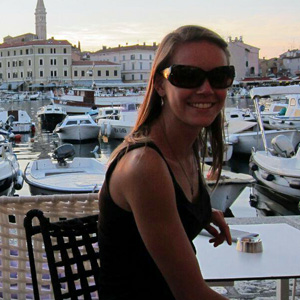
Being able to attend such conferences is an amazing opportunity: meeting some of the ‘big names’ in the field and realising they are just normal people, as well as meeting other Ph.D. students from around the world; speaking with other researchers about their experiences and work is enthusing and it is nice to hear that even in other countries, which may seem or sound more appealing than England at times, the same difficulties and problems in research arise; they are ubiquitous regardless of location or group.
Making the move into industry
I’m in my final year now and so will be finishing off my work in the next few months and writing up my thesis ready for submission. I’m then moving into industry to work in the modification of pharmaceuticals, hopefully putting into practice some of the science I’ve been doing from a purely academic and research perspective during my Ph.D. Before that, I have a few outreach events lines up that I’ll be involved in, and hope to continue to be involved with for a long time to come.
Gender imbalance in chemistry
When I started my undergraduate the male-female split was approximately 50/50 – slowing balancing from the past. However, as I progressed through my degree there was a shift in this ratio, with more females either switching course within the university, not finishing, or graduating at the B.Sc. level after three years; not staying for the 4th to achieve the master’s level.
I’ve worked in a number of different chemistry environments during my degrees and have generally found an imbalance of the sexes in most of these. I think this is partly the area of chemistry I work in, and there are other groups which are predominantly female. I have never felt discouraged from doing what I want because of my gender though, and strive to do the best that I can regardless.
Hope on the horizon with female crystallographers…
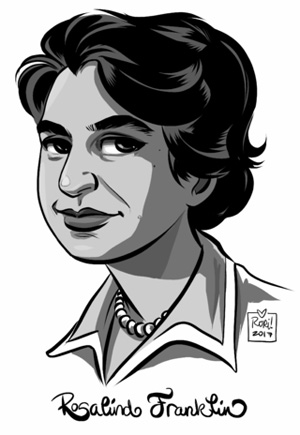
Our current Head of Chemistry, is an advocate for women in science, which is encouraging to students and younger scientists. However, there is still a long way to go to overcome the long-standing stereotypes, presumptions and connotations associated with certain professions and science at every level.
Being able to communicate what you’re working on makes you a better scientist
Communication is really important for scientists, not only to present work and results within the field to other scientists, but also to non-experts and the general public so they understand where some of their tax money is being spent, and why the funding is important. There are many different ways to communicate science, all requiring different skills and are dependent also on the audience.
Whether you are explaining your work to a local primary school or to a revered academic in the field being able to explain the key points of your work in a simple way is a necessity. Even more so when there are language barriers to overcome. Breaking down a topic or point into the simplest parts, to get to the basics, really tests you as a scientist and you find you really get to know and understand the subject area inside and out, more so than when you just carry out day to day work. I find that analogies can be a great way to get some fundamental points across, or relating the science to everyday life / occurrences. However, these must be universal.
Using to art to help me present science
I’m really looking forward to seeing how the collaboration of art and science works at the soapbox science event in Oxford. Having someone else involved in your work, who is from a completely different background is really eye-opening. As we’re two very different ends of the spectrum I’ve had to really think about how to explain my work so that we can present it jointly.
It’s also been really great as it has brought out some interesting thoughts and ideas along the way as we’ve discussed the project, stemmed from having an outside, and quite alternative (almost opposite in some senses) perspective on my work – seeing an artist’s take which is often quite abstract on science which, to a scientist, is clearly defined (almost ‘black and white’).
I can’t wait to see how not only our collaboration, but the others who are presenting alongside us turn out. I hope that we can engage with and appeal to more people at the event as a double act with different approaches and angles on the same subject than either of us could using just the confines of our own field and ideas.
https://www.researchgate.net/profile/Lucy_Mapp
https://www.linkedin.com/in/lucy-mapp-33658594/
X-ray crystallography – protein crystals image credit: CSIRO [CC BY 3.0 (http://creativecommons.org/licenses/by/3.0)], via Wikimedia Commons
Rosalind Franklin image credit: By Rori! (Own work) [CC BY-SA 4.0 (http://creativecommons.org/licenses/by-sa/4.0)], via Wikimedia Commons

